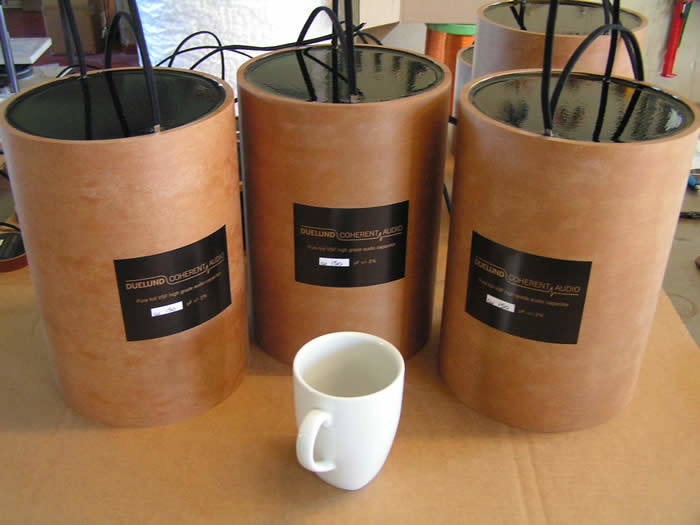Don't you think that this is a moot argument Francisco? You have more & less competent musicians and you have more and less competent systems, natural or otherwise.Peter,
I understand Keith point. You already owned a "natural" sound source system and were quite happy with it. Why did you decide to change the turntable and not the speakers, that use the ring-radiator Revelator ScanSpeak tweeter and a lot of Mundorf exotic components, considered to be not "natural" friendly?
BTW, it seems to me that you told us what is not needed to get "natural" sound but not what is needed except listening to the Bionors!
I'm curious to understand what makes mass capacitors and wires produced by the mile "exotic" aside from cost?As far as I see it now any exotic capacitor or wire is non "natural" - please note the commas around natural.
I never read from David referring to the life sound of instruments or references. IMHO the definition of "natural" should go against any educated references.
I have discussed live sound on many occasions and in this context it's obvious to most people that it refers to live sound. Please come up with a different word that works for you and your educated references whatever they are, you don't have to bother with it.
david


